内蒙古科尔沁左翼中旗实验高级中学2024届高三上学期12月月考英语
第1页共7页科左中旗民族职专·实验高中普高高三第三次月考(英语)试卷命题人:敖思敏审题人:刘美超测试时间:120分总分:150分注意事项:1.答题前,考生先将自己的姓名、准考证号填写清楚。2.请按照题号顺序在答题卡各题目的答题区域内作答,在试卷上答题无效。第二部分阅读理解(共两节,满分40分)第一节(共15小题;每小题2分,满分30分)阅读下列短文,从每题所给的A、B、C和D四个选项中,选出最佳选项。AVisitingRome?InsiderssharetipsonhotelsToreallydiscoverthebestofRome,there’salotofwalkingtodo,soch...
相关推荐
-
小学生交通安全常识VIP免费
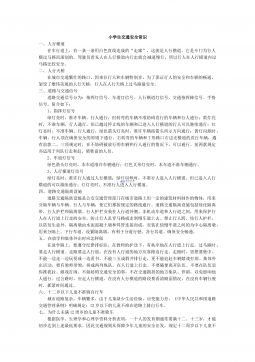
 2024-12-01 6
2024-12-01 6 -
小学生公共场所礼仪VIP免费
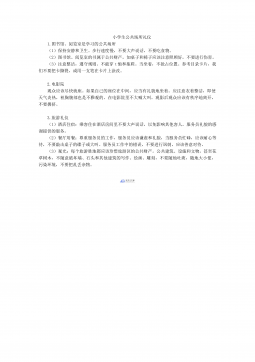
 2024-12-01 4
2024-12-01 4 -
小学生歌曲优美歌词摘抄VIP免费
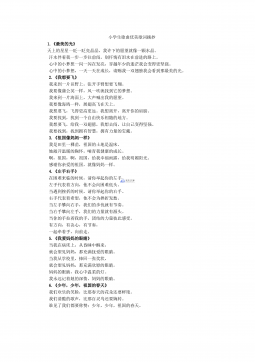
 2024-12-01 3
2024-12-01 3 -
小学生必看的十部电影VIP免费
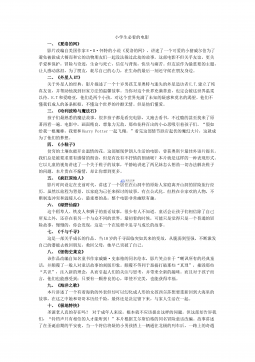
 2024-12-01 3
2024-12-01 3 -
小学生安全用电知识VIP免费
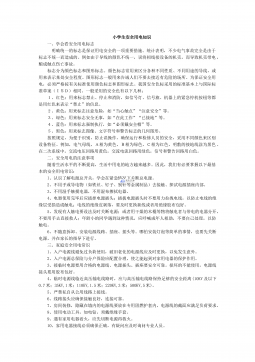
 2024-12-01 7
2024-12-01 7 -
小学教师精彩课堂教学用语教师言语道德集锦VIP免费
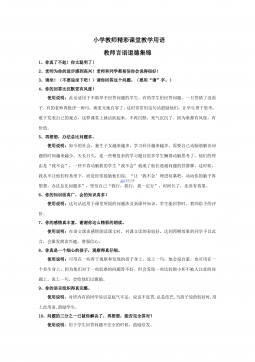
 2024-12-01 29
2024-12-01 29 -
小学1-6年级语文常识、名言名句、成语、谚语、歇后语大汇总VIP免费
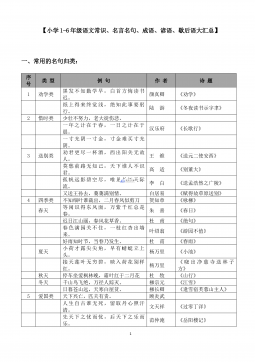
 2024-12-01 22
2024-12-01 22 -
五年级奥数期末测试卷VIP免费
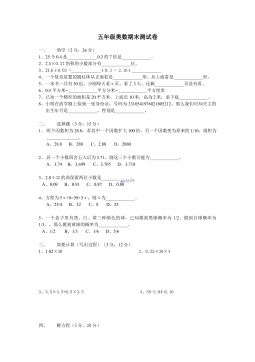
 2024-12-01 16
2024-12-01 16 -
六年级计算题的复习与回顾练习VIP免费
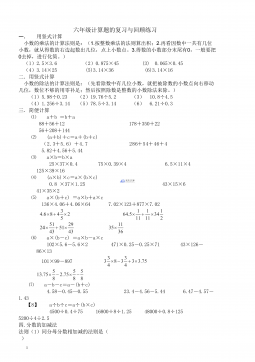
 2024-12-01 8
2024-12-01 8 -
小学生礼仪常识VIP免费
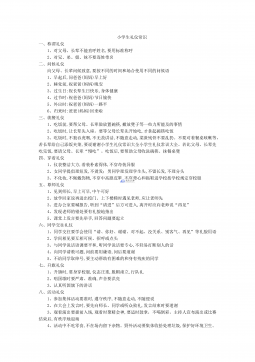
 2024-12-01 10
2024-12-01 10
作者详情
相关内容
-

小学二年级上册上学期-部编版语文:寒号鸟 预习笔记
分类:幼儿/小学教育
时间:2025-08-25
标签:无
格式:PDF
价格:10 玖币
-

小学二年级上册上学期-部编版语文:古诗二首预习笔记
分类:幼儿/小学教育
时间:2025-08-25
标签:无
格式:PDF
价格:10 玖币
-

小学二年级上册上学期-部编版语文:第一课时预习笔记
分类:幼儿/小学教育
时间:2025-08-25
标签:无
格式:PDF
价格:10 玖币
-

小学二年级上册上学期-部编版语文:第三课时预习笔记
分类:幼儿/小学教育
时间:2025-08-25
标签:无
格式:PDF
价格:10 玖币
-

小学二年级上册上学期-部编版语文:第二课时预习笔记
分类:幼儿/小学教育
时间:2025-08-25
标签:无
格式:PDF
价格:10 玖币




 渝公网安备50010702506394
渝公网安备50010702506394
